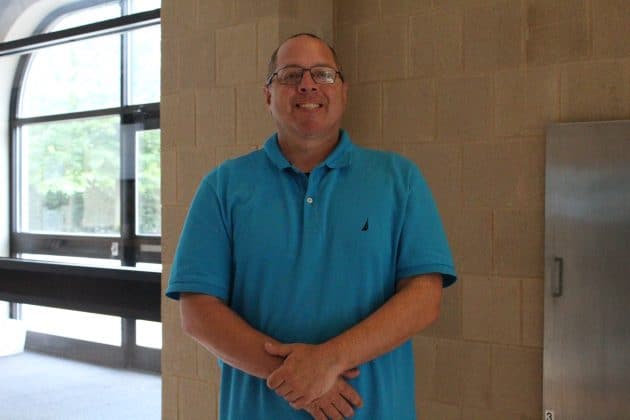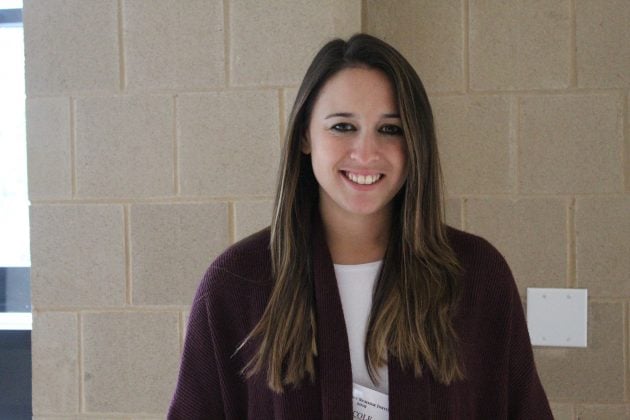
A three-week program had teachers become students as they learned how to prepare their students for life after high school in a natural way.
The program, run by the Chamber of Commerce of South Jersey, had 18 teachers from South Jersey tour various companies to learn what they’re looking for from students.
“It was created because the applicants who were fresh out of high school weren’t prepared for the workforce,” said Christina Renna, senior vice president at the chamber. “Instead of bringing students in for internships, we can bring teachers in to teach the skill sets we need from children, and they can bring it back to the classroom.”
Nicole Santoro, who teaches seventh-grade math at Clearview Regional Middle School, said the program has given her options on how to answer the “when will I ever use this?” line she hears from her students.
“They’re looking at what people are buying, the trends and what deals bring in customers, more whether it’s a 60 percent off with an additional 20, or a 50 percent off with an additional 30,” Santoro said, referencing a visit she had to a retailer. “It’s a lot of math that my students are learning where we’re learning about percentages, looking at trends and all of that stuff.”
For Bancroft School teacher Richard Jones, who teaches ninth- through 12-grade students with different disabilities, he said the institute showed him what employment opportunities are available for people living with a disability.
He added he learned from three businesses who have “opened their doors” to Bancroft students for future employment.
“Students who have a disability have places out there for them,” Jones said. “They are not just going to be working in a school doing a certain task. There’s hope for them and outside employment. Their skills are valued.”
The program taught the two how to reach students of today who love technology and have “lost the soft skills employers are looking for.”
“It’s brought more awareness for me on how careful our students have to be with the amount of resources they have with making a digital footprint on their own and how to keep it from hindering on what they’re going to do beyond high school and college to make the right choices,” Santoro said.
Santoro added she learned how students can use technology to their advantage to network themselves and to be more prepared for jobs that use technology more often.
She added she’s learned how to reach students who may be stuck in between figuring out what to do, and that they can go to companies such as a hairdressing school, and work in marketing or other digital positions.
As for how it will be implemented in Jones’ school and Santoro’s district, the two said a requirement of the program is to create a new curriculum surrounding what they’ve learned, and to include it in either projects or lessons.
“We wanted to make it a year-long project where they’re going to build their resume, and then throughout the year, they’ll be updating it with the skills they’re learning in the class,” Santoro said. She said at the end, she’ll have students use their completed resumes to apply to a job to show how they can translate their skills.
“When we go back, I’ll talk to my classroom staff and let them know what I learned and ways I could change my teaching in my classroom to take advantage of the job opportunities that are out there,” Jones said.
Renna said teachers are sponges for the program’s teachings, and their role is to translate what they’ve learned to their subjects, fellow teachers in their schools and to students.
“It put me back to being a student and how important it is that life is a learning process no matter where you are or what stage you’re at in life,” Santoro added. “There’s so much more in life that we can learn and taking that time to branch out is good.”











